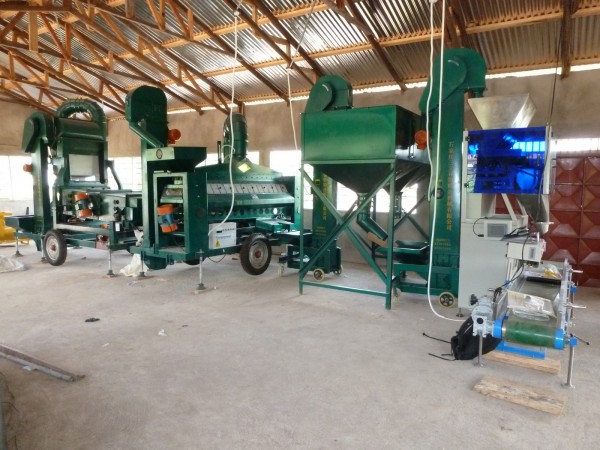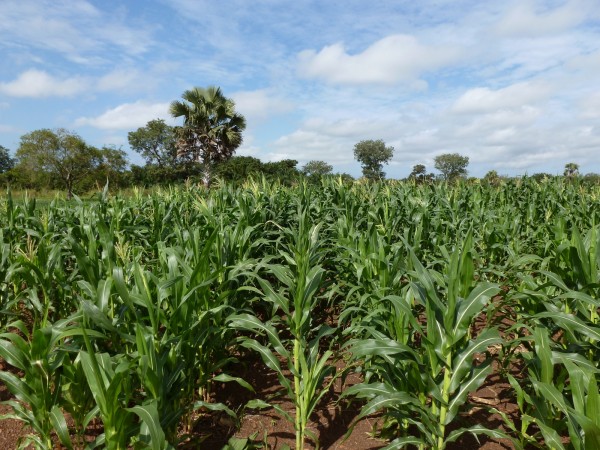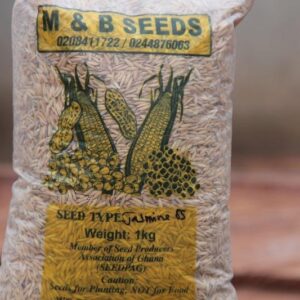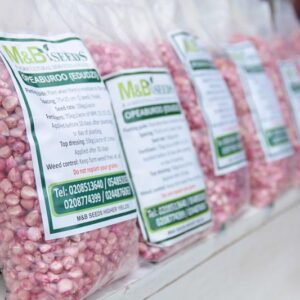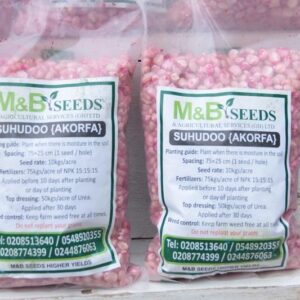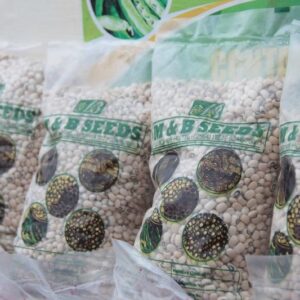Agricultural productivity is measured as the ratio of agricultural outputs to agricultural inputs. While individual products are usually measured by weight, their varying densities make measuring overall agricultural output difficult. Therefore, output is usually measured as the market value of final output, which excludes intermediate products such as corn feed used in the meat industry. This output value may be compared to many different types of inputs such as labour and land (yield). These are called partial measures of productivity.
Agricultural productivity may also be measured by what is termed total factor productivity (TFP). This method of calculating agricultural productivity compares an index of agricultural inputs to an index of outputs. This measure of agricultural productivity was established to remedy the shortcomings of the partial measures of productivity; notably that it is often hard to identify the factors cause them to change. Changes in TFP are usually attributed to technological improvements.

